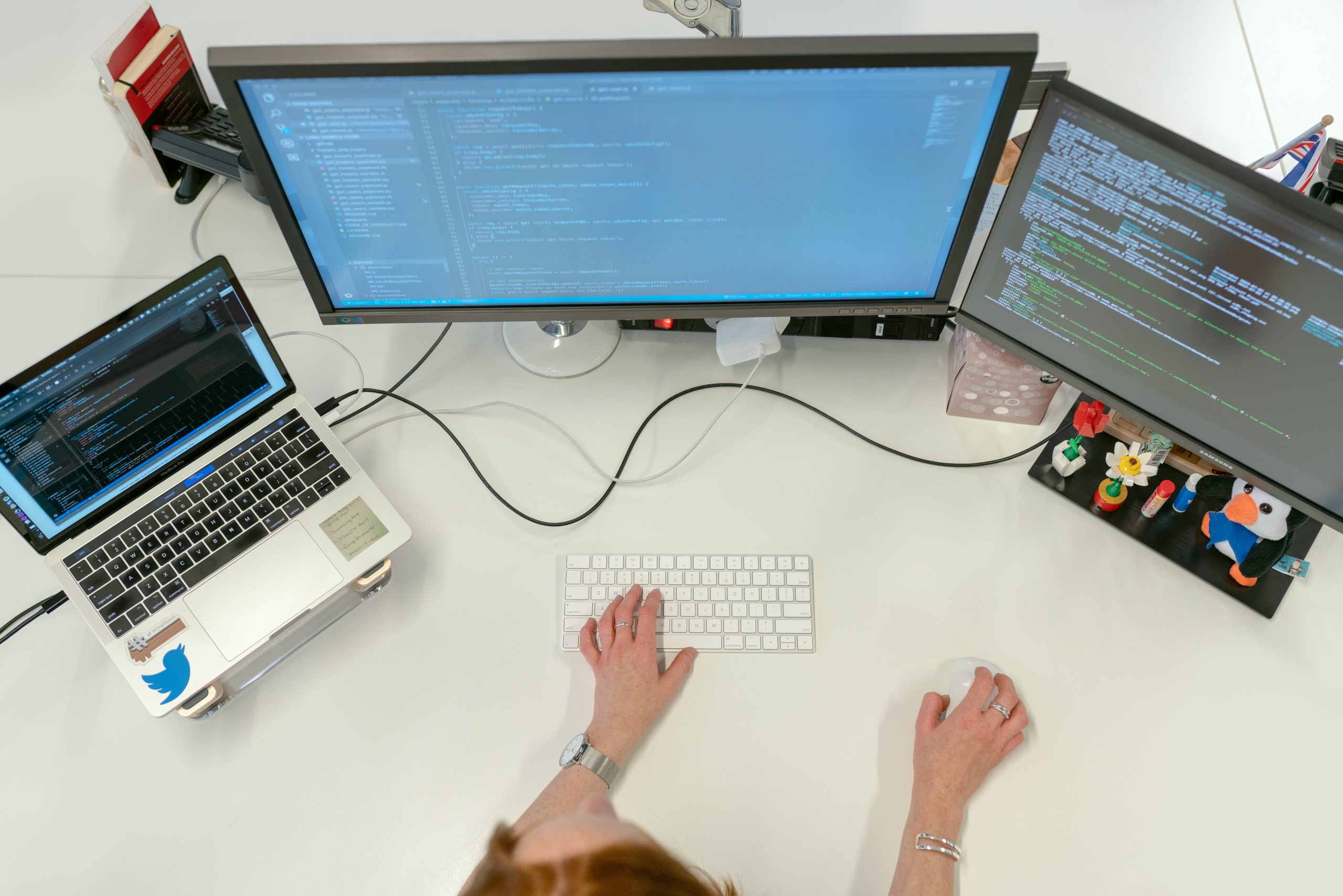Counterfeit technology has been a growing problem in recent years. The need to protect intellectual property rights has increased as the popularity of counterfeiting has increased. There are various ways that companies can protect their intellectual property rights. This includes hiring a third-party firm to help them with monitoring counterfeit products, prosecuting counterfeiters, and using digital platforms like blockchain to help with tracking down counterfeiters.
What is counterfeit technology, and how does it actually work?
The counterfeit technology has been around for decades, but it has become more advanced over time due to the advancement in digital technologies such as 3D printing, scanning, and computer-aided design software.
The use of counterfeit technology has increased in recent years due to the increase in online shopping and its popularity among consumers who want cheaper prices with high quality products.
What is the difference between counterfeit goods and counterfeit technology?
Counterfeit goods are goods that are illegally produced, sold, and/or used. They are usually produced by a manufacturer or in a factory that produces goods for several companies.
Counterfeit technology is a branch of technology that helps to create fake items and items with copied logos. It does this by using digital technology to create products or designs of the original item.
What is anti-counterfeiting technology?
Anti-counterfeiting technology is a software that provides a solution for the counterfeiters in order to protect the product from being counterfeited.
By using this technology, companies can protect their products from being counterfeited and ensure that their intellectual property rights are protected.
The global economy is going through some changes and it will provide more opportunities for the anti-counterfeiting industry to grow.
Anti-counterfeits technologies that are changing the world
Anti-counterfeit technologies are becoming prevalent in the world. The main purpose of an anti-counterfeit technology is to identify fake goods and prevent them from being sold. The most common anti-counterfeit technology is RFID, which can detect if a product has been scanned by a scanner.
These technologies are:
1) RFID tags.
2) 3D scanners.
3) Smartphone apps that allow you to scan products with your phone’s camera.
4) Smartphone apps that allow you to scan products with your phone’s camera and send the information to a website for review.
How to spot a fake product in minutes – 4 tips for protecting you and your customers from counterfeiters
If you are one of the many consumers who is regularly buying online, then you may have heard about counterfeit products. But how can you tell if a product is genuine or not?
Tips for spotting a fake product:
-Look at the packaging and label to see if it matches what you would expect from the brand.
-Check the expiration date on the product to make sure that it is not too old.
-Compare prices and make sure they are not too good to be true.
-Check reviews to see if they are positive or negative.
